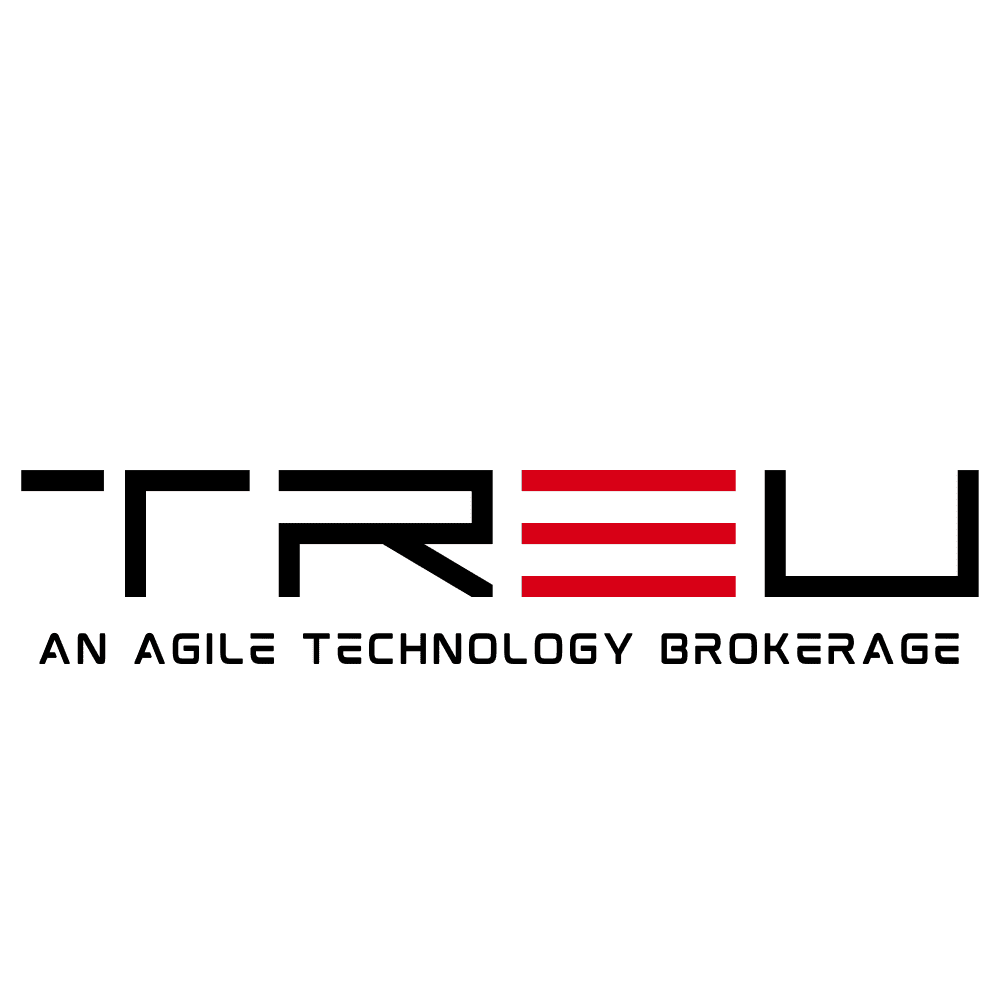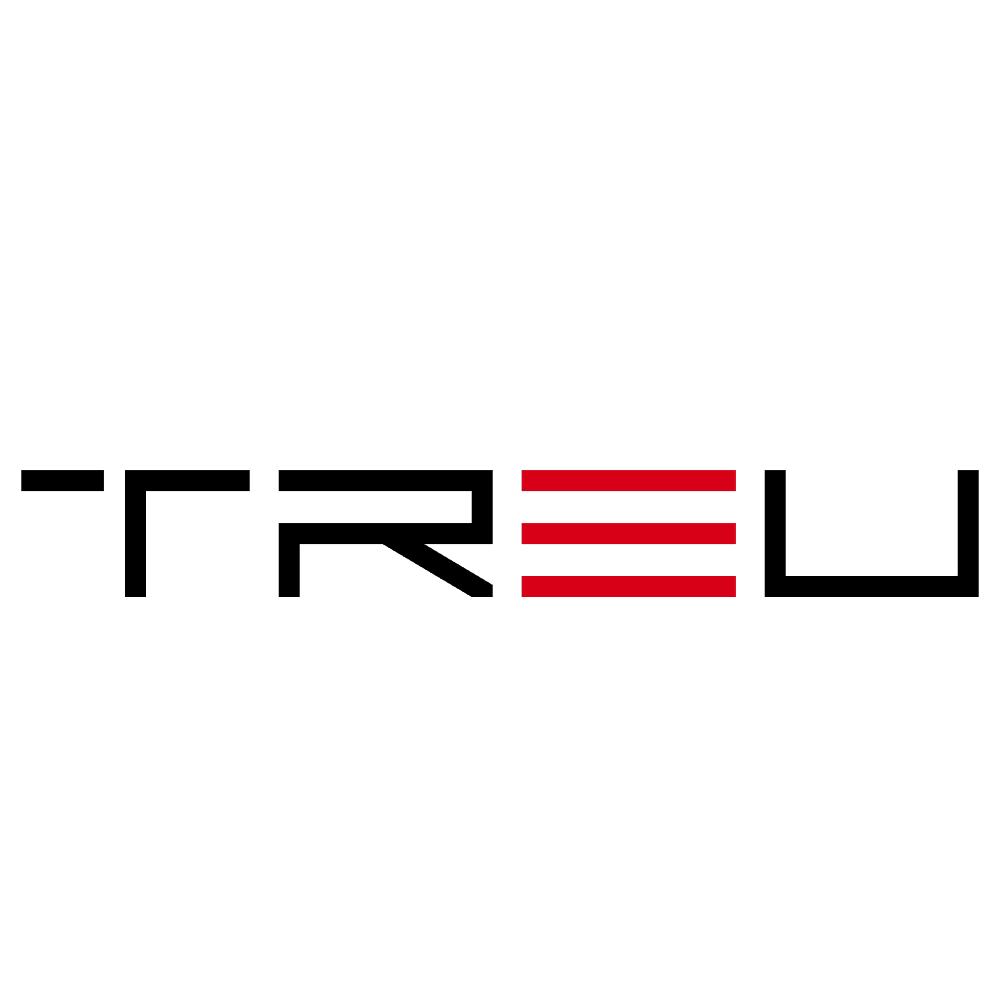Mastering FinOps Strategies for Optimized Cloud Cost Management
In today’s digitally driven landscape, cloud computing is the backbone of innovation, scalability, and agility. However, as enterprises increase their cloud usage, they face mounting financial complexity. Without clear strategies to manage consumption and spend, operational efficiencies can quickly erode—enter FinOps: the operating model designed for financial accountability in the cloud.
FinOps, short for “Cloud Financial Operations,” is not merely a finance or IT initiative—it’s a cross-functional discipline that combines engineering, finance, and business teams to drive informed cloud decisions. In this blog post, we’ll explore effective FinOps strategies to help organizations optimize their cloud cost management and maximize their return on cloud investments.
What is FinOps and Why It Matters
As cloud adoption soars, businesses often face visibility and accountability challenges. FinOps provides a framework for cloud cost governance, operational efficiency, and financial transparency. The goal is to empower teams with real-time data to make value-driven decisions. More importantly, it fosters collaboration between finance, IT, and business units—helping transform how enterprises manage the economics of the cloud.
At its core, FinOps answers critical questions such as:
- Who is spending what in the cloud?
- Are we provisioning resources efficiently?
- What is our ROI on cloud services?
The Three Phases of a FinOps Journey
A successful FinOps strategy unfolds in three iterative phases:
1. Inform
The Inform phase builds visibility and shared accountability. Organizations track cloud usage and costs in real-time, ideally allocating costs at the team, product, or application level. Key activities include:
- Tagging and categorizing cloud resources for granular cost allocation
- Establishing dashboards and reports that highlight usage patterns
- Educating stakeholders on cloud cost drivers and billing models
This stage equips teams with the data they need to make meaningful financial decisions.
2. Optimize
Once visibility is in place, the optimization phase focuses on reducing waste, improving utilization, and selecting cost-effective services.
- Right-sizing resources to avoid over-provisioning
- Identifying unused or underutilized resources for termination
- Leveraging savings plans and reserved instances to secure long-term discounts
This is where real cost efficiencies begin to materialize, with automation and governance driving sustained impact.
3. Operate
In this mature phase, FinOps becomes an operational norm. Teams own their budgets, forecasts are tied to actual usage trends, and financial accountability becomes embedded in daily activities. Continuous improvement is the focus here through:
- Cross-departmental collaboration for shared accountability
- Automated policies and alerts to enforce best practices
- Continual review loops to monitor performance and adjust strategies
Best Practices for Implementing FinOps
Successful FinOps execution hinges on aligning teams, tools, and culture. Here are some best practices to accelerate your FinOps maturity:
Build a Cross-Functional Team
FinOps isn’t an IT-only initiative. It requires cross-functional buy-in from Finance, Engineering, and Product teams. Encourage collaboration through:
- Shared KPIs and accountability metrics
- Regular cost reviews and stand-ups
- Clear communication channels between finance and technical leadership
Establish Cost Ownership
To eliminate cost ambiguity, assign owners to resources, applications, or environments. Use cloud-native tagging policies and policy-as-code to enforce behavior. This makes it easy to answer: who is spending money and why?
Automate Where Possible
Automation is critical for managing complexity at scale. Consider:
- Auto-scaling infrastructure based on demand trends
- Scheduled shutdowns of non-production environments
- Automated anomaly detection for unexpected usage spikes
Invest in the Right Tools
Cloud providers offer native tools like AWS Cost Explorer or Azure Cost Management, but many organizations go further by integrating advanced FinOps platforms—such as Flexera One—to gain unified visibility across hybrid and multi-cloud environments.
Challenges You Might Face
Despite its benefits, implementing FinOps isn’t without hurdles. Common challenges include:
- Inconsistent tagging leading to broken cost reporting
- Lack of buy-in from non-technical stakeholders
- Tool proliferation and disparate data sources
These challenges can delay progress and lead to blind spots in cost management. Combat them by:
- Creating a strong governance model
- Enforcing platform-wide policies
- Standardizing FinOps education programs
Measuring FinOps Success
Metrics are central to understanding FinOps effectiveness. Track KPIs like:
- Percentage of resources with active cost owners
- Monthly cloud spend variance vs. forecast
- Cost savings from optimization initiatives
Additionally, qualitative indicators—such as cultural alignment, speed of budget adjustments, and frequency of FinOps participation in planning—offer a broader view of FinOps maturity.
The Future of FinOps
As cloud complexity grows, so will the need for robust, automated FinOps frameworks. In the future, AI and machine learning will play an even larger role in anomaly detection, cost forecasting, and resource optimization. Cloud cost management will merge more tightly with DevOps and SecOps, creating a unified approach to operations, security, and finance.
FinOps is not a one-time project—it’s a transformational shift in how organizations approach cloud spending. The businesses that master FinOps today are positioning themselves to lead in the digital economy of tomorrow.
Conclusion
Cloud innovation brings enormous potential—but without discipline, the financial returns can be elusive. FinOps offers a proven path forward, enabling organizations to align cost with value, drive accountability across departments, and sustain cost optimization at scale.
By mastering FinOps strategies and embedding them throughout your cloud lifecycle, your business can achieve a high-performance cloud operation that balances agility with financial responsibility. From visibility to optimization and operation, every phase of FinOps empowers teams to make smarter cloud decisions—together.

